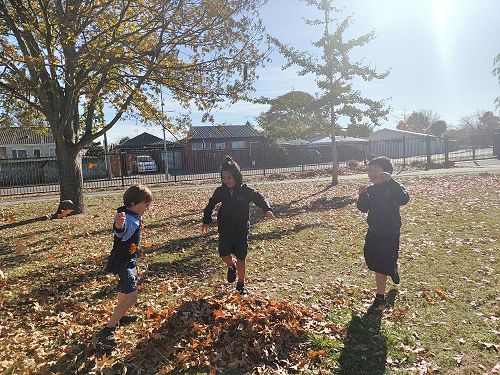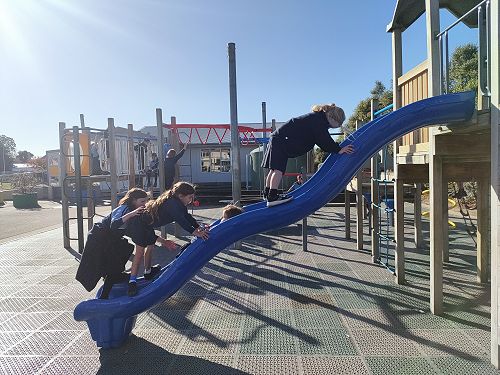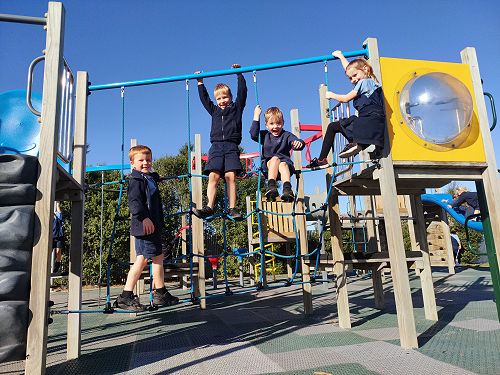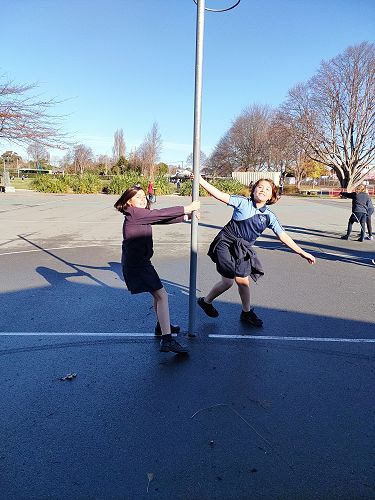
FRIENDSHIPS
Relationships are really important but can be challenging. Making and keeping friends is one area at school that causes a lot of angst for children and families.
Children are not just short adults. The way they think about relationships is different at different ages.
Based on interviews with children of different ages, psychologist Robert Selman produced a framework to help understand the developmental trends in children's friendships. You’ll note that the Levels overlap, so children may be operating in different levels at different times with different people in different contexts - hence the complexity that social situations bring.
I have shared the first four levels as it may be helpful when you support your children in coping with their friendship dilemmas.
We will be more compassionate and understanding if we realize that children's social mishaps are likely to be because of their maturity rather than naughtiness or ‘being a bully’.
LEVEL 0 Friendship—Momentary Playmates: "I Want It My Way" (Approx. ages: 3-6 years)
Children at this stage view friends as momentary playmates, and their friendships are all about having fun together. Their friends are kids who are conveniently nearby, and who do the same things they like to do. Children at this stage have very limited ability to see other perspectives. They assume that other children think the same way they do, so they tend to get very upset when they find out that a playmate has a different opinion.
LEVEL 1 Friendship—One-Way Assistance: "What's In It For Me?" (Approx. ages: 5-9 years)
At this level, children understand that friendship goes beyond whatever their current activity is, but they still think in very pragmatic terms. They define friends as children who do nice things for them—such as sharing a treat, saving them a seat on the bus, or giving them nice presents—but they don't really think about what they themselves contribute to the friendship.
Children at this level care a lot about friendship. They may even put up with a not-so-nice friend, just so they can have a friend. They also may try to use friendship as a bargaining chip, saying things like "I'll be your friend if you do this!" or "I won't be your friend if you do that!"
LEVEL 2 Friendship—Two-Way, Fair Weather Cooperation: "By the Rules" (Approx. ages: 7-12 years)
Seven to twelve-year-old children are able to consider a friend's perspective in addition to their own, but not always at the same time.
At this stage, children are very concerned about fairness, if they do something nice for a friend, they expect that friend to do something nice for them at the next opportunity. If this doesn't happen, the friendship is likely to fall apart.
Children in the "By the Rules" stage tend to be very judgmental of both themselves and others. They evaluate themselves harshly, the way they think other people do. So, they say things like, "No one will like me because of my stupid haircut!" They tend to be jealous, and they're very concerned with fitting in by being exactly the same as everyone else.
LEVEL 3 Friendship—Intimate, Mutually Shared Relationships: "Caring and Sharing" (Approx. ages: 8-15 years)
At this stage, friends help each other solve problems and confide thoughts and feelings that they don't share with anyone else. They know how to compromise, and they do kind things for each other without "keeping score," because they genuinely care about each other's happiness.
For some children, this is also the "Joined at the Hip" stage. Girls, more often than boys, may be best friends and expect each other to do everything together. They feel deeply betrayed if a best friend chooses to be with another child.
Gallery








